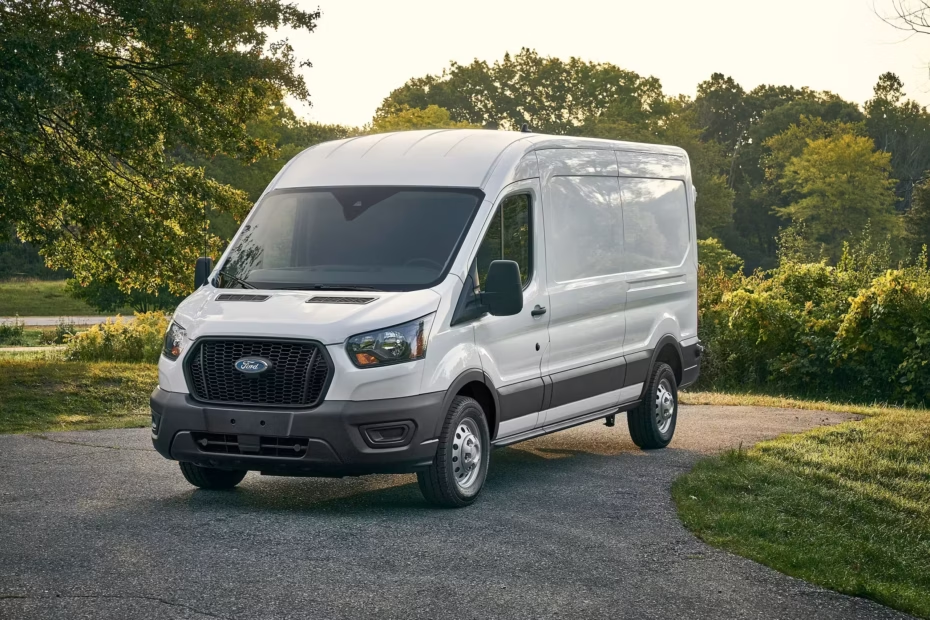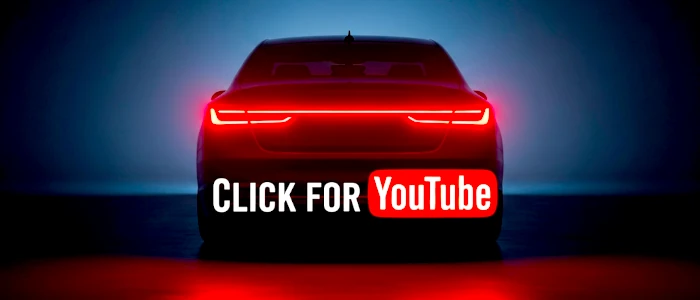If you think a commercial van is all the same, get ready for a harsh wake-up call. The 2026 Ford Transit has arrived, redefining the concept of work vehicle with technology, connectivity, and a global strategy directly in your pocket — no fluff, no BS, just what guys like: technical specs, direct comparison, and whether it’s worth your hard-earned dollars or euros.
Is it worth investing in the 2026 Ford Transit or is the competition still better?
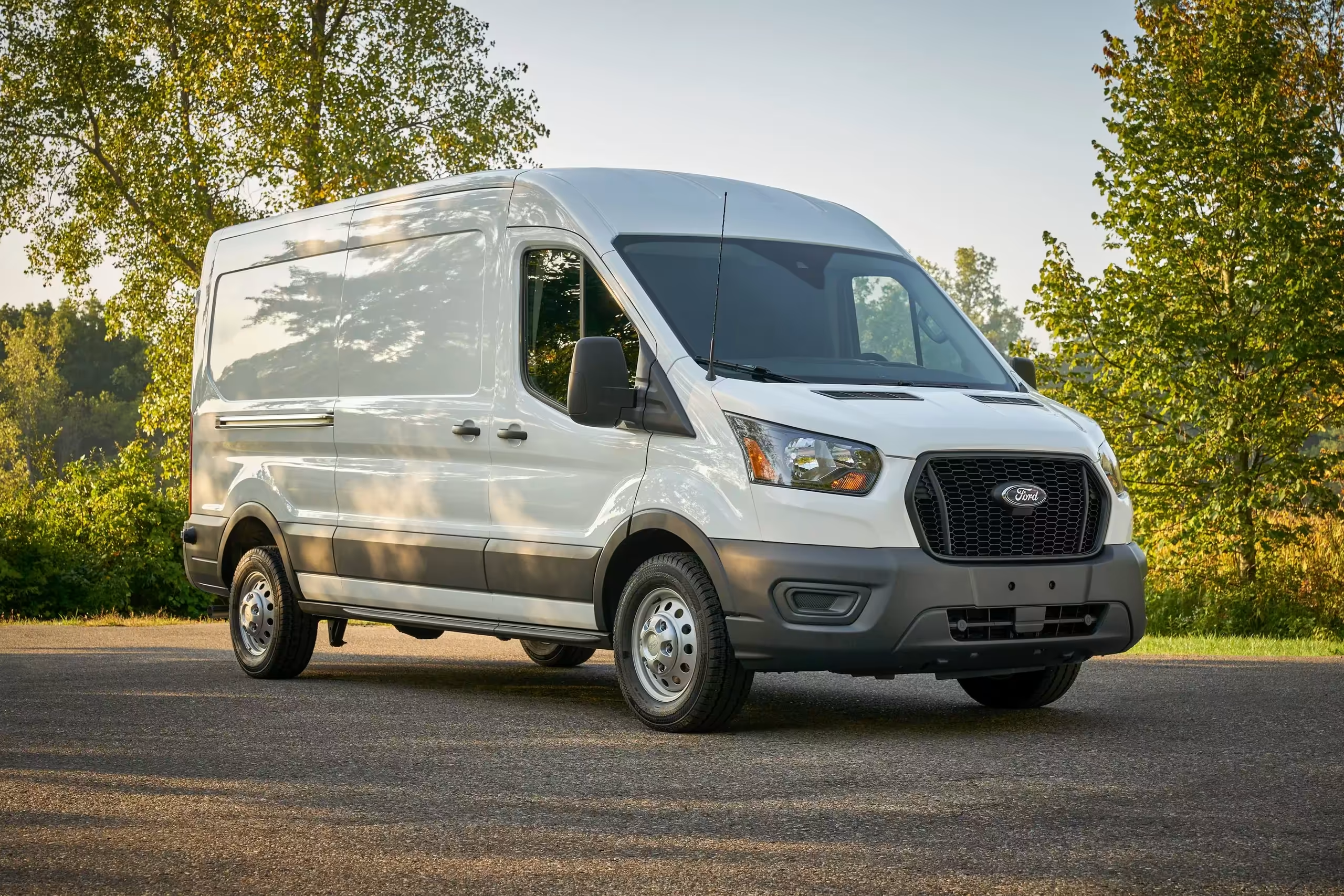
The 2026 Ford Transit isn’t here to play around. Now equipped with a 2.0L EcoBlue turbo diesel engine producing up to 165 hp and an incredible 39.7 kgf·m of torque, it dominates the category — especially with the exclusive 10-speed automatic transmission in the segment. Forget crying: Renault Master and Fiat Ducato fall behind, running only with a 6-speed manual gearbox, while the Transit delivers efficiency, real comfort, and zero fatigue in traffic. Anyone who’s driven a van with a manual transmission on long routes knows how hellish it can be.
And what about the premium competitors? Sure, Mercedes-Benz Sprinter still flaunts its luxury, but the Ford Transit hits right where it counts: an 8″ digital dashboard (goodbye, museum-piece analog gauge!), a 12″ SYNC 4 touchscreen, and the most comprehensive available ADAS package in its class. Speaking of comparison, we’ve already analyzed the full specs of the Mercedes EQB 250+, and the results are surprising for those who doubt the level of modern commercial vehicles.
What are the versions, load capacities, and options for the Transit 2026?
There’s something for every operator: the Cargo Van version supports up to 4 tons of gross vehicle weight (GVW) and can haul over 3,500 pounds, while the Long Van surprises with its practical build and luggage rack for passenger transport. The Chassis-Cab is a “blank canvas” for conversions into box trucks, motorhomes, or ambulances — with up to 4.7 tons GVW and 5,720 pounds of payload capacity in the top trim. Modularity is plentiful, whether for single or dual rear axles, high-roof or standard.
Don’t forget, guys: only in the Transit is rear-wheel drive standard across all versions. That means balanced handling at maximum load, more durability for heavy implements, and excellent stability. If you want true versatility, steer clear of front-wheel-drive competitors! If you’re into powertrain results and style, check out our sarcastic review of the BMW X3 G45 versus Macan — real comparisons for men who choose based on numbers, not just salesperson talk.
Electrification in the Transit 2026: Real future or just marketing?
Yes, Ford is making a big push in electrification. The E-Transit offers 266 hp (198 kW), immediate torque of 43.8 kgf·m, and an 89 kWh usable battery. It promises a WLTP range of up to 197 miles (317 km), but in EPA cycles, real-world range is between 143-159 miles (230-256 km) — no fake news here. DC fast charging can save the day during heavy operations, and you can choose between panel van or chassis cab, with up to 13.8 cubic meters of volume to work hard while being more eco-friendly (and looking good for ESG photos at your company).
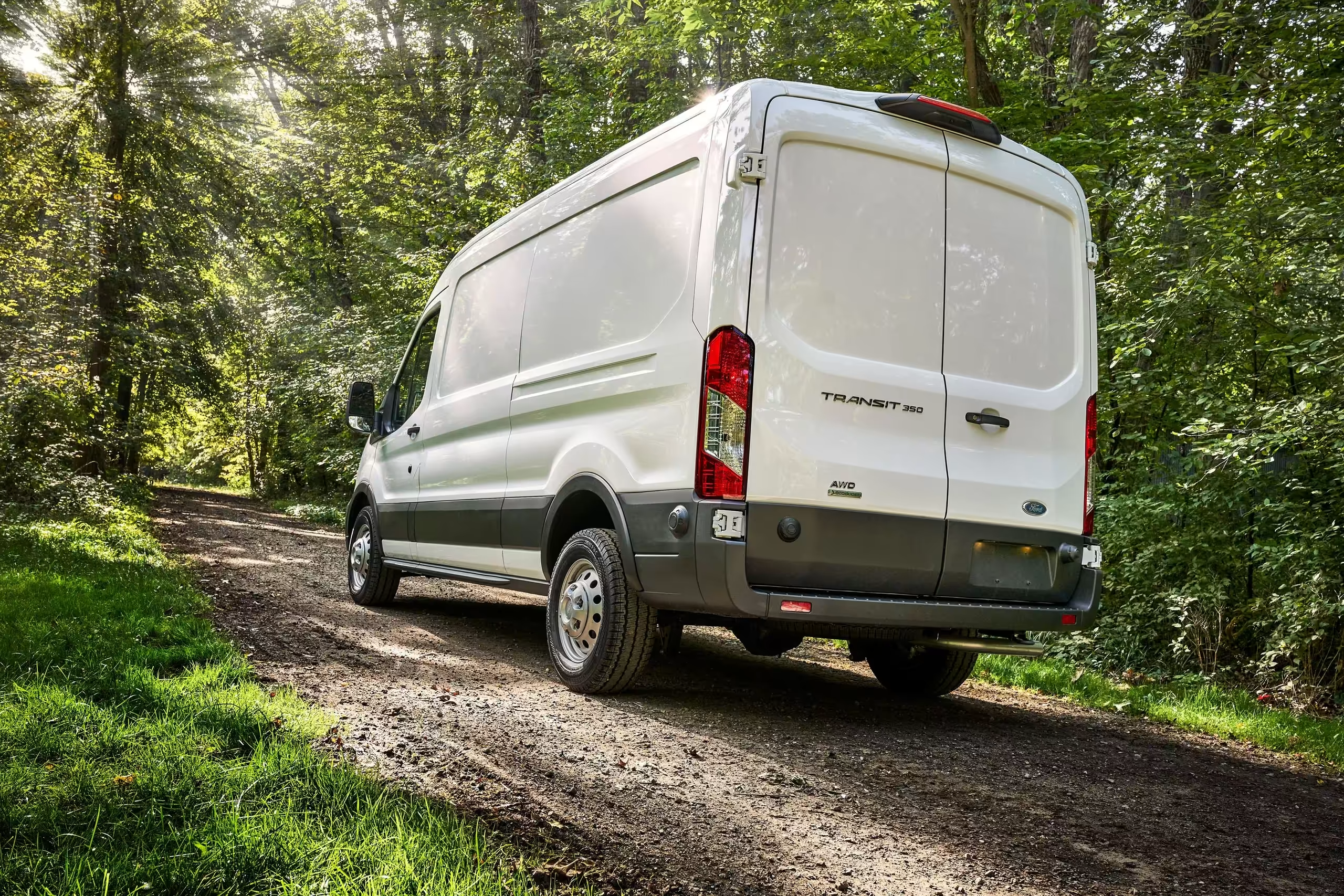
The competition is global, brother. Sprinter, Master, and Ducato are already chasing with their electric versions (the eSprinter, E-Tech, and E-Ducato are eyeing even conversions into campervans and radical builds). For tech lovers, there’s a strong rival like the Mercedes EQB 250+, already making waves in the premium electric segment. Stay tuned: the next generation of E-Transit is debuting on a new dedicated EV platform, promising even more range and interior space.
What cabin and safety technologies does the 2026 Ford Transit truly offer?
The Transit has become a true mobile office — the days of thinking vans have to be clunky are gone. The 8” digital dashboard displays all kinds of information without distraction. SYNC 4 on a 12″ screen, wireless connectivity, full navigation, remote over-the-air updates (no need to visit the dealer), decent voice command that doesn’t insult your intelligence… This is standard, not an “optional status item,” okay?
On the safety front, the 2026 Transit outshines its rivals. Adaptive cruise control, autonomous emergency braking with pedestrian detection, lane keep assist, blind-spot monitor, backup camera, sensors everywhere — including TPMS and adaptive cruise control in the more basic trims. Fewer accidents, more reliability, more working time. This spartan, utilitarian vehicle is a thing of the past, especially compared to current minivans and SUVs like the Mazda CX-5 2026 with digital cockpit.
How does the 2026 Ford Transit perform in total cost of ownership (TCO) and after-sales?
High cost isn’t an excuse, brother. The Transit starts above volume competitors (talk to the Master and Ducato!), but justifies every penny with 2 years of unlimited-mileage warranty, fixed-price scheduled maintenance, and mobile service — the workshop comes to you. Easy maintenance, strong training for the network, reduced downtime, and standardized efficiency, whether with diesel or electric motors.

The real expense comes down to fuel and insurance. With full ADAS and an efficient EcoBlue engine, operational costs are predictable and downtime is low. In the electric version, forget about oil changes, filters, or quick-wear components: costs and visits to the shop virtually disappear. If you want more details on the cost-benefit of electrified SUVs, check out our comprehensive review of the Volvo XC60 2026 — TCO logic doesn’t lie in modern vehicles.
Direct comparison – 2026 Ford Transit vs major global rivals
- 2.0L EcoBlue engine versus 2.0/2.3/2.2L engines from competitors
- 10-speed automatic transmission: only the Transit offers this
- Digital dashboard and SYNC 4 vs rivals’ analog/optional systems
- Superior and more comprehensive ADAS package in the Ford
- GVW up to 10,350 lbs (4.7 tons), payload over 3,520 lbs (1,600 kg)
- Electric version ahead of most competitors
- Mobile maintenance and unlimited warranty coverage
FAQ – Frequently Asked Questions about the 2026 Ford Transit
- Does the EcoBlue engine really make a difference in daily use?
Yes, it delivers maximum torque early, along with fuel efficiency and robustness for heavy daily workloads — there’s no comparison. - Is the electric version worth it in 2026?
It depends on the use. For urban fleets, yes; for long-distance routes, consider infrastructure availability as well. - Which version is best for executive passengers?
The Long Van with single rear wheel: great ergonomics, luggage space, and lower cost. Luxury and operational efficiency combined. - What makes Ford’s after-sales service stand out?
Wide network, mobile services, and unlimited warranty. They won’t leave you stranded — or in the red. - Are electric competitors already surpassing the E-Transit?
Not yet, but Mercedes, Renault, and Fiat are pushing hard. Keep an eye on upcoming generations and improvements in range and service.
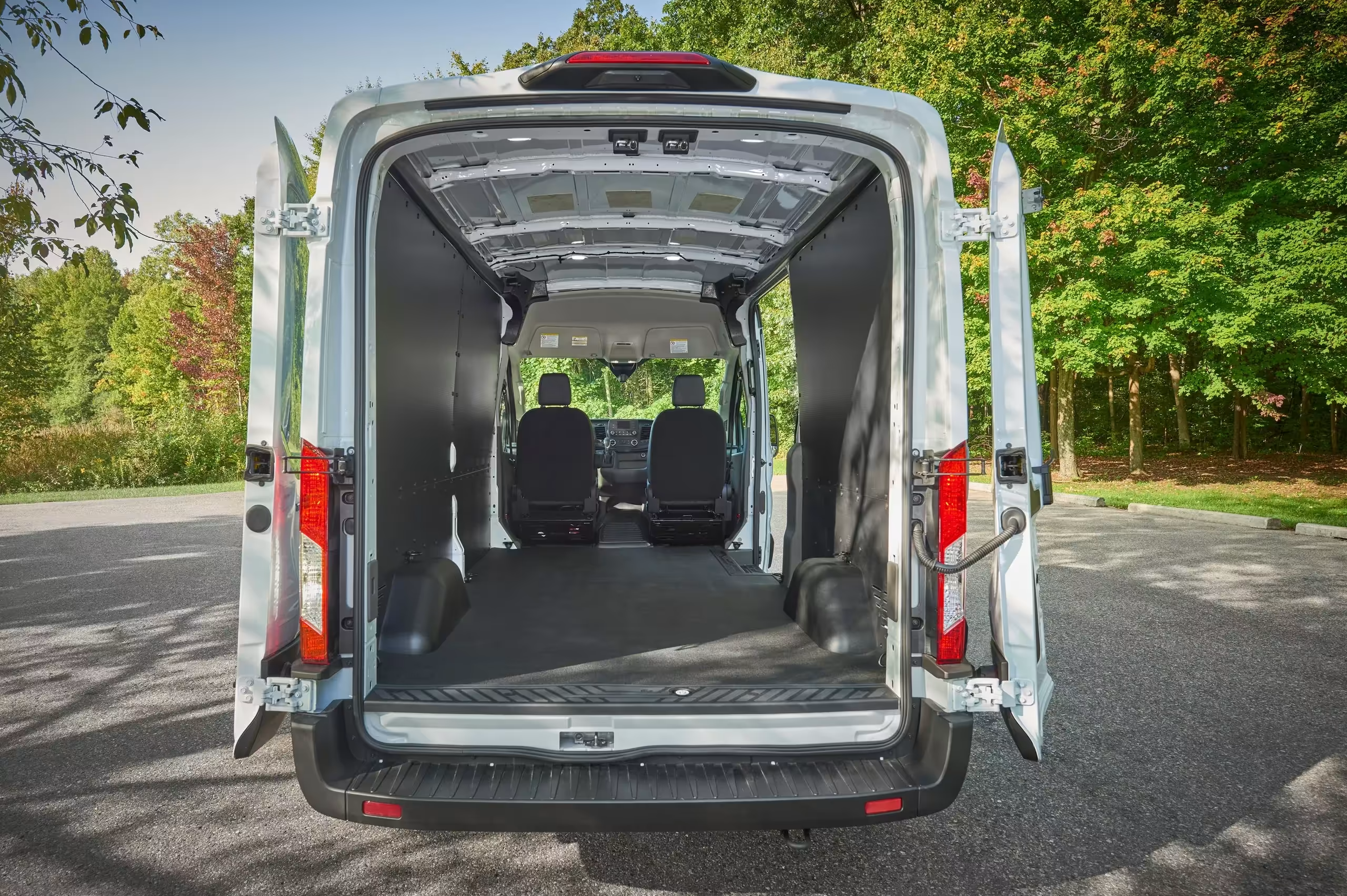
No brand talk here: the 2026 Ford Transit is indeed among the global leaders, with smart projects, aggressive after-sales, and electrification that truly makes sense in the right niches. For those who value less downtime, a digital cockpit that doesn’t treat you like an idiot, and flexibility for any challenge, it’s hard to see regret. Are competitors strong? Yes. But the Transit is already setting the standard in the industry — and if you don’t believe it, go test one to see if it’s just talk.
Was any technical absurdity missing, or have you already driven one of these models? Drop your unfiltered opinion below, check out our full reviews, and share with anyone who needs a decent van and can’t stand false advertising!
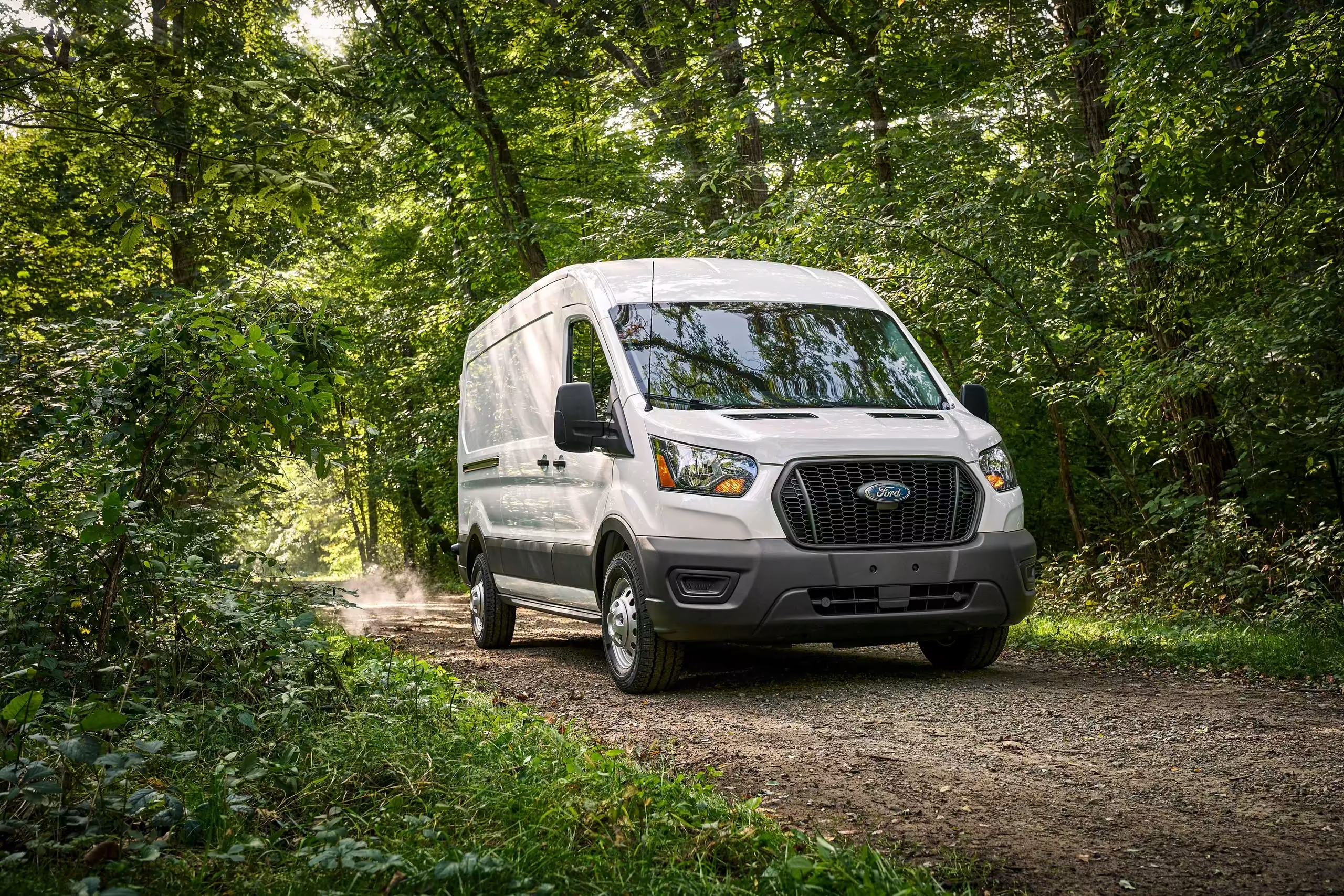
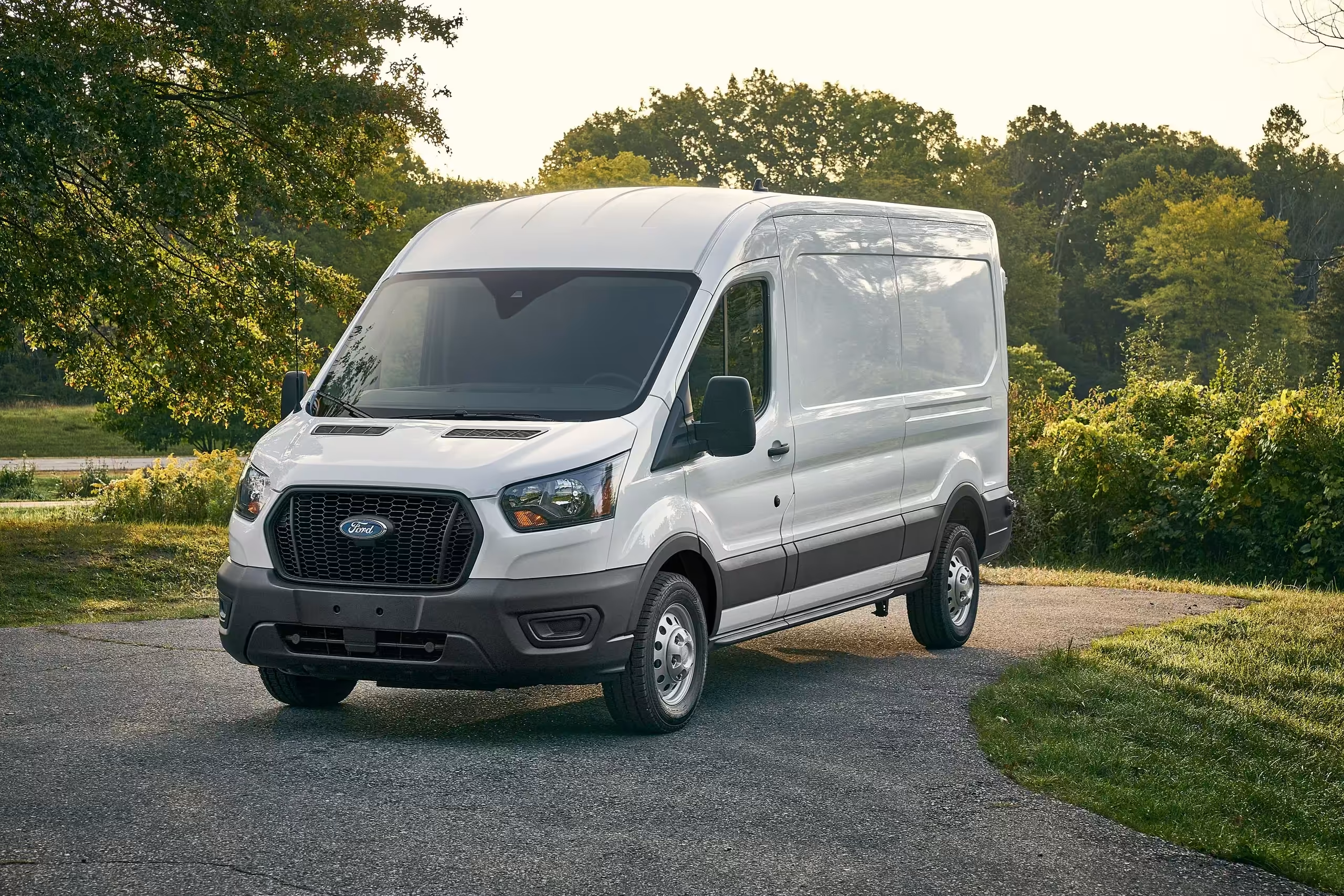


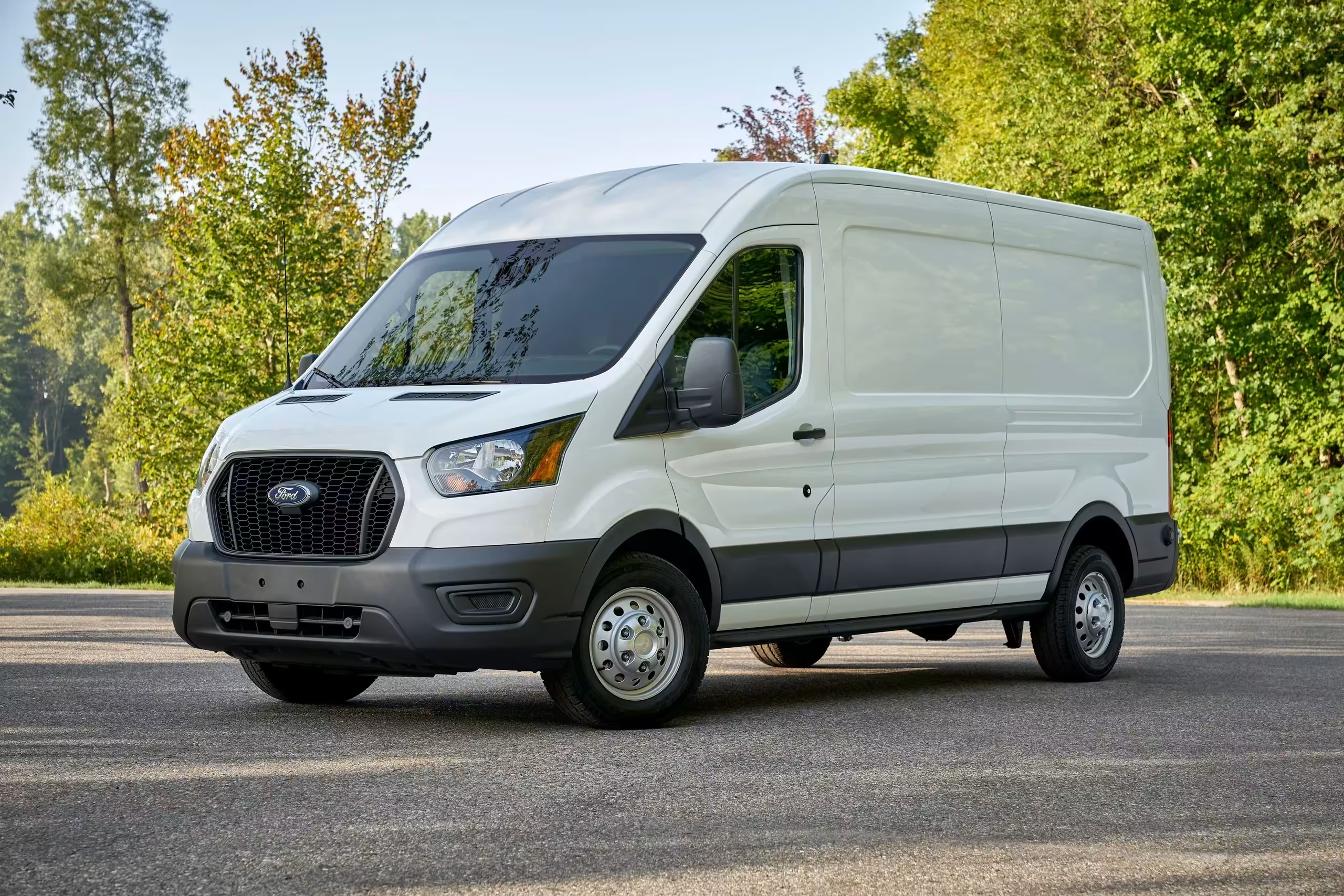

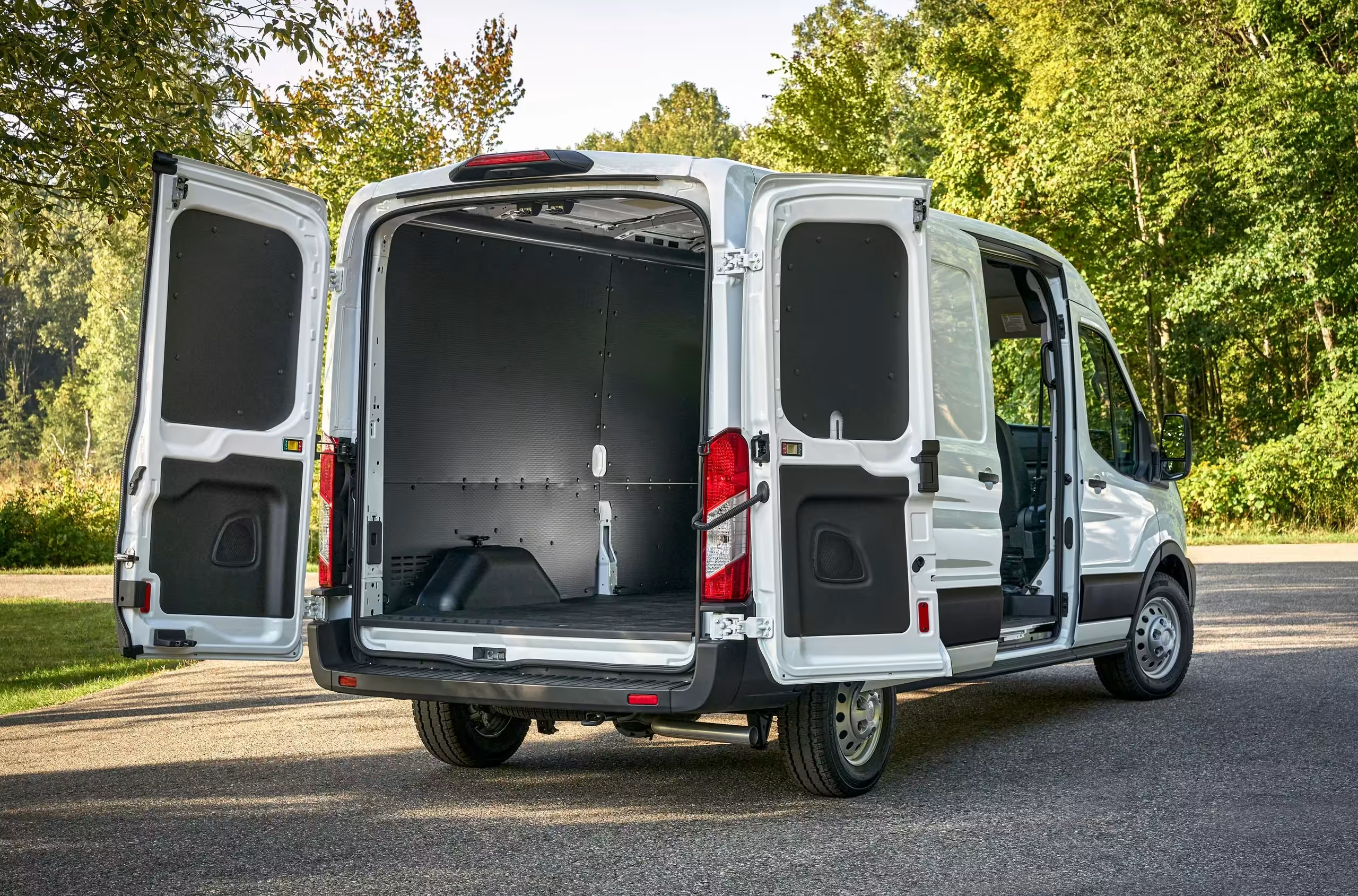

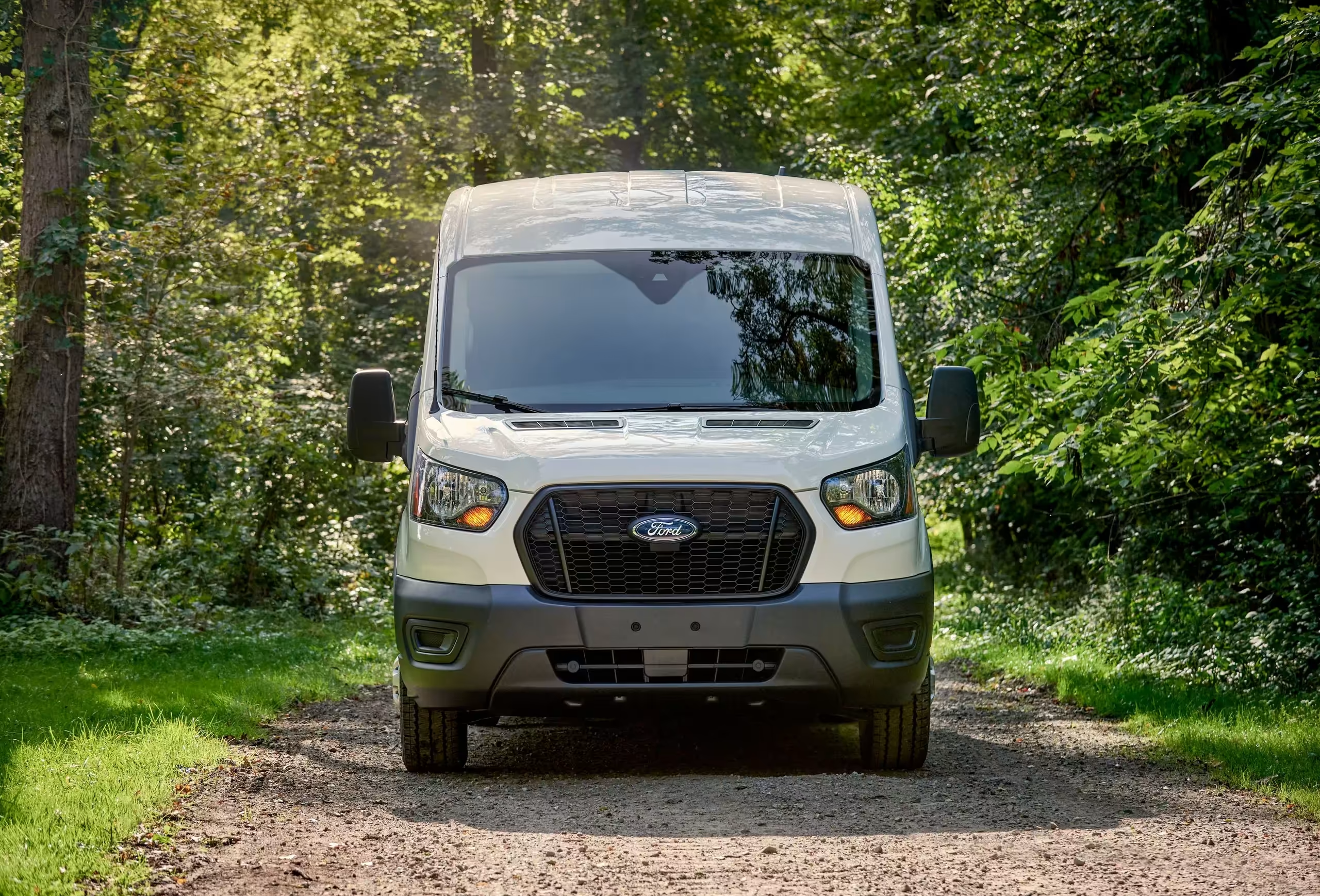

Author: Fabio Isidoro
Fabio Isidoro is the founder and editor-in-chief of Canal Carro, where he has been writing about the automotive world since 2022. Passionate about cars and technology, he began his journey on the HospedandoSites portal and today dedicates himself to creating technical content and comprehensive analyses of national and international vehicles. 📩 Contact: contato@canalcarro.net.br

